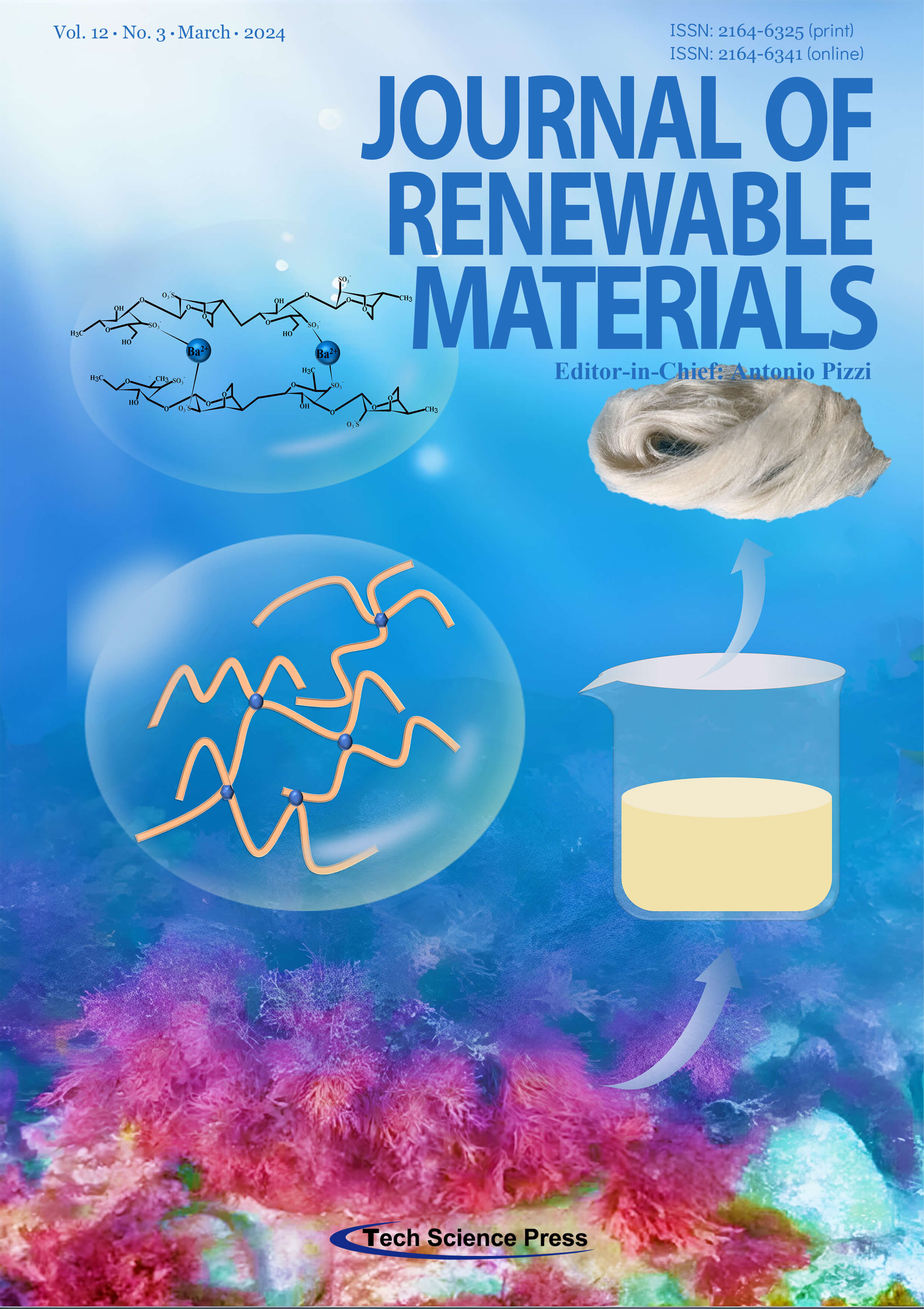Overview of Jute Fibre as Thermoplastic Matrix Polymer Reinforcement
Tezara Cionita1,*, Mohammad Hazim Mohamad Hamdan2, Januar Parlaungan Siregar3,4,*, Deni Fajar Fitriyana5, Ramli Junid6, Wong Ling Shing7, Jamiluddin Jaafar8, Agustinus Purna Irawan9, Teuku Rihayat10, Rifky Ismail11, Athanasius Priharyoto Bayuseno11, Emilianus Jehadus12
Journal of Renewable Materials, Vol.12, No.3, pp. 457-483, 2024, DOI:10.32604/jrm.2024.045814
- 11 April 2024
Abstract Recent decades have seen a substantial increase in interest in research on natural fibres that is aligned with sustainable development goals (SDGs). Due to their renewable resources and biodegradability, natural fiber-reinforced composites have been investigated as a sustainable alternative to synthetic materials to reduce the usage of hazardous waste and environmental pollution. Among the natural fibre, jute fibre obtained from a bast plant has an increasing trend in the application, especially as a reinforcement material. Numerous research works have been performed on jute fibre with regard to reinforced thermoset and thermoplastic composites. Nevertheless, current demands More >
